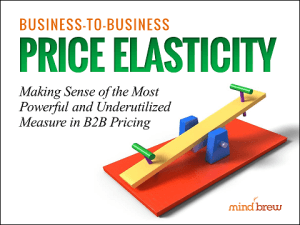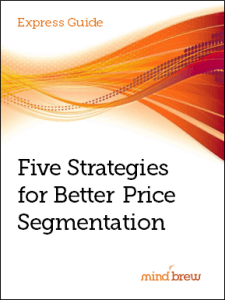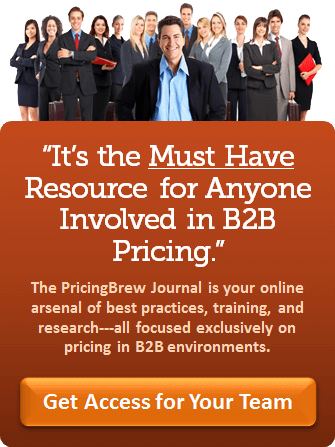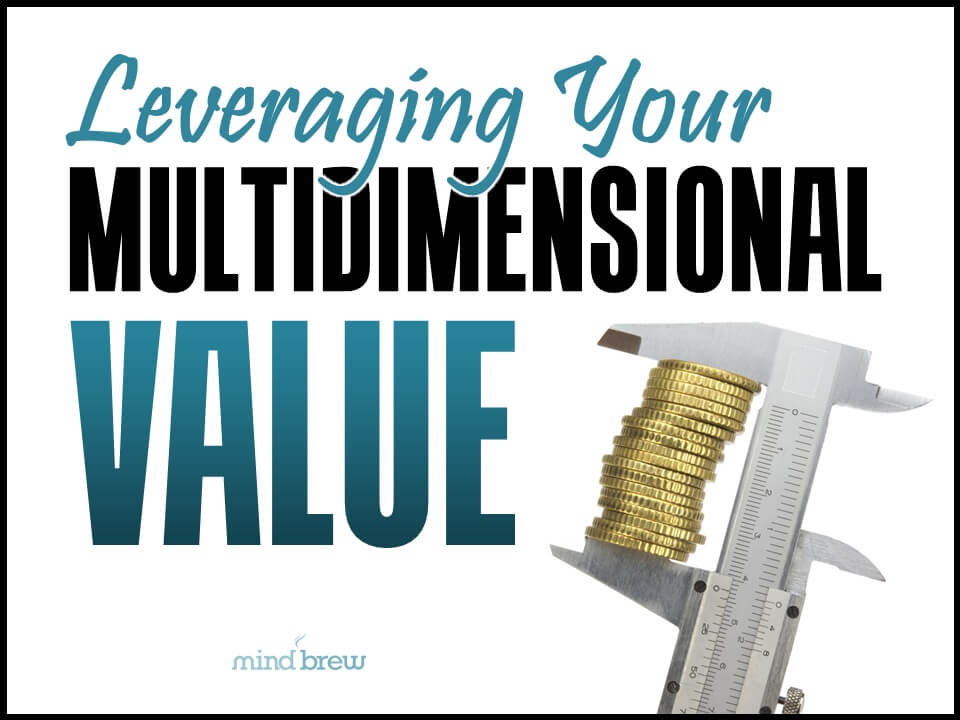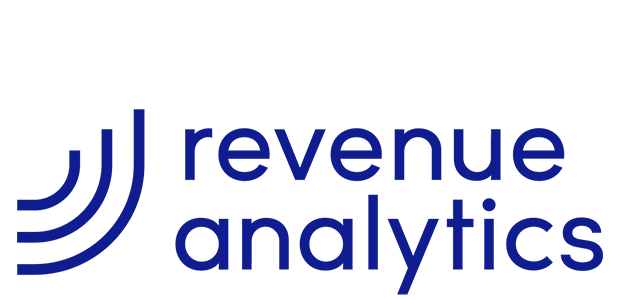A couple of weeks ago, a colleague brought to my attention an article in a business strategy publication about price elasticity in consumer-retail environments.
Now, consumer pricers have been using price elasticity for years, so that’s nothing new. But what I found maddening was how the author was advocating for something even more sophisticated than price elasticity metrics.
Think about that for a second….
As a group, we business-to-business pricers have only recently begun to recognize the predictive power inherent in price elasticity metrics. And while many of us have indeed moved quickly to leverage that inherent power, we have to acknowledge that most B2B pricers are still setting prices with little or no idea as to what’s going to happen as a result.
But in consumer environments? Price elasticity metrics are a given. The ability to predict impacts to volume, revenues, and profit? That’s table stakes. In fact, price elasticity metrics are so shopworn and pervasive in B2C that consumer pricing people are now calling for even more sophisticated approaches!
I don’t want get off on a Dennis Miller-style rant here, but there’s no reason B2B pricing has to be so far behind the curve (pardon the pun). Price elasticity in B2B exists. We can measure it. And finally, we can use those price elasticity metrics to set more profitable prices, with far less risk and uncertainty about the outcomes.
To better understand some of the fundamental concepts and principles involved, these PricingBrew Journal resources are a great place to start:
- Training Replay: Business-to-Business Price Elasticity
- Expert Interview: Exposing the Power of Price Elasticity in B2B
- Newsletter Article: Price Elasticity Isn’t Rocket Science
- Newsletter Article: Why Aren’t Companies Measuring Elasticity?
- Newsletter Article: Price Elasticity in B2B…Who’s Right?
Of course, price elasticity metrics may never be as pervasive in business-to-business environments as they are in consumer settings. But we can definitely close the gap. Not because we give a rip what consumer pricing people are doing (we don’t), but because we can recognize a really good thing when we see it.

